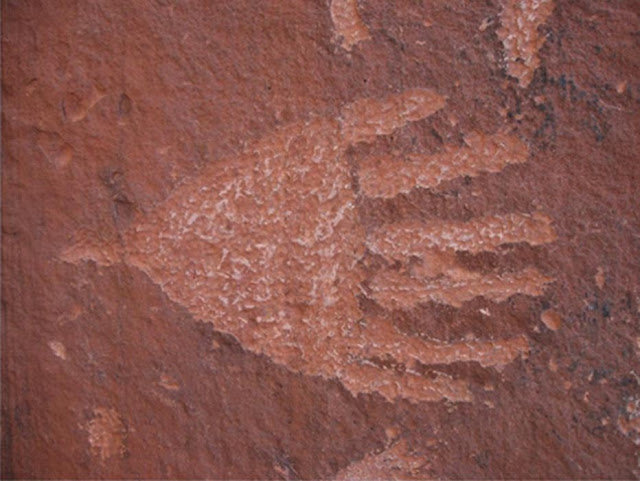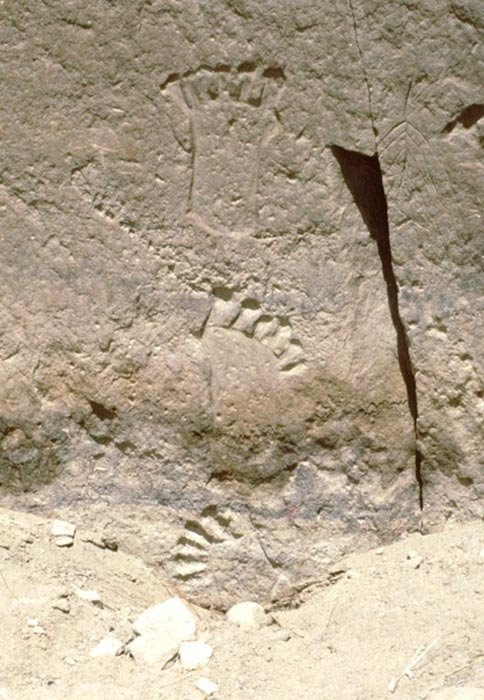Although it is not really known why these images were depicted in homes, researchers suggest that having an extra finger or toe made the person more important and respected in this society.
According to National Geographic, researchers were aware of the examples of polydactyly ('many fingers') among the Pueblo culture for many years.
Several skeletal remains showing extremities with extra toes and fingers have also been found. One of the discovered remains had an ornate anklet around its six-toed foot but carried no such offering on its five-toed foot.
The team of researchers, led by anthropologist Patricia Crown of the University of New Mexico conducted the project, initially intrigued by the evidence that divine powers were attributed to polydactyls among the pre-Columbian tribes, such as the Maya.
However, according to the report, the Puebla culture did not view six-toed individuals as supernatural like the Maya, but this form of polydactyly did grant people exalted status in life and in death.
The researchers maintain that people with six toes were usually associated with important ritual structures and were buried with high-status objects like turquoise.
Discover
The researchers also sought to determine how common polydactyly was among the Puebla people. They analyzed 96 skeletons excavated from the Pueblo Bonito site, the largest great house in Chaco Canyon.
In this group of remains, they identified three individuals with a sixth toe on the right foot, which equates to 3.1% of the sample.
The researchers identified several handprints and footprints plastered into the walls and floors throughout the great houses.
Moreover, an abundance of sandals, sandal-shaped stones, and images of sandals, which all include evidence of a feature to accommodate an extra toe, have been found.
The 6-toed footprints and 6-fingered handprints were clearly honored elements in the society and could have held a ritual meaning.
Kelley Hays-Gilpin, an anthropologist at Northern Arizona University concluded."What is important about this study is the strong case the authors make for significance and meaning. Using biology, art, architecture, and spatial distribution... they have built a substantial body of evidence where we only had some intriguing hints before."
The researchers still don't understand why the rate of polydactyly was higher among the Chacos than other tribes.
Read the rest of the article here.





and their offspring with the daughters of men, produced the 6 digits. anunnaki and sumerian mathematic's was based on 12 because of the 6 digits stemming from this particular races genetic structure.